Description
The Keeley Electronics Hydra Stereo Reverb & Tremolo Pedal is in New condition and made by Keeley Electronics , it is just a great Pedal Tremolo & Reverb Stereo Hydra Electronics Keeley Guitar Effect Pedal- Keeley Electronics Hydra Stereo Reverb & Tremolo Pedal . Available from Just Pedals for only £ 269 + delivery. Read More for details, demos & to order securely online.
About Keeley Electronics
We have one of the largest online selection of new and used Keeley Electronics music gear. If you are looking for your next pedal, we will have it online at JustPedals with fast delivery direct to you at home. Every item on the JustPedal menu is delivered by sellers to all areas of the USA & UK.
Keeley Electronics is a prominent American manufacturer of guitar effects pedals, founded in 2001 by Robert Keeley. The company has established a strong reputation in the boutique pedal industry through its focus on precision engineering and high-quality audio performance.
Keeley is renowned for its active and passive pedal designs, including iconic models like the Katana Blues Driver, the Compressor Plus, and the Delay Workstation. Keeley’s pedals are distinguished by their meticulous craftsmanship, innovative circuit designs, and reliability.
The company’s products often incorporate advanced features such as flexible EQ controls, analogue and digital hybrid processing, and extensive tone-shaping capabilities, making them favoured by both professional and amateur guitarists seeking exceptional sound quality and versatile performance.
Guitar Effect Pedal
A guitar pedal, also known as an effects pedal, is a device used by guitarists to alter the sound of their instrument in various ways. These pedals are typically small, foot-operated units that are connected in a signal chain between the guitar and the amplifier. They can modify the guitar’s tone, pitch, and dynamics by applying different effects such as distortion, reverb, delay, chorus, and more. Guitar pedals come in both analog and digital formats, and they allow musicians to create a wide range of sounds, enhancing their musical expression and creativity. They are essential tools for guitarists in genres ranging from rock and blues to jazz and electronic music.
New
Just New products for sale, unused, and in their original packaging. They come with a protected seller guarantee and include manufacturer warranties. Read more for additional details.
Pedal
A pedal is an electronic device that alters the sound of an electric guitar by applying various effects. Pedals are typically connected in a series between the guitar and amplifier, allowing guitarists to switch effects on and off with their feet while playing.
This enables musicians to quickly and easily change their sound, adding versatility and creativity to their performances.
Pedals are essential tools in many musical genres, including rock, blues, jazz, and metal, allowing artists to craft distinctive and dynamic soundscapes.
Once you buy one, you can’t stop and then you have to sell them and buy more.
Reverb
Reverb, short for reverberation, is a fundamental audio effect that simulates the sound reflections and decay that occur in physical spaces, such as rooms, halls, or chambers. It adds depth, dimension, and ambiance to audio signals, creating a sense of space and realism. In the context of guitar effects, a reverb pedal is a device that generates and applies reverb effects to the guitar signal. Here’s how reverb pedals work and some common features:
1. **Reverb Types**: Reverb pedals typically offer different types of reverb effects, including spring reverb, plate reverb, hall reverb, room reverb, and ambient or modulated reverb. Each type emulates the characteristics of different physical spaces and has its own unique sound and character.
2. **Controls**: Reverb pedals feature various controls for adjusting parameters such as decay time, pre-delay, damping, tone, and mix. Decay time controls the length of the reverb tail or decay, while pre-delay adjusts the time between the original signal and the onset of the reverb. Damping controls the high-frequency content of the reverb, simulating absorption in the virtual space. Tone controls the overall tonal character of the reverb, and mix adjusts the balance between the dry (original) and wet (affected) signals.
3. **Modulation**: Some reverb pedals include modulation effects such as chorus or tremolo that modulate the reverb tail, adding movement and depth to the sound. Modulation can create lush, swirling textures and enhance the overall ambiance of the reverb effect.
4. **Trail Function**: Many reverb pedals offer a trail function, which allows the reverb tail to continue decaying naturally when the effect is bypassed. This prevents abrupt cutoffs and ensures smooth transitions between affected and unaffected signal states.
5. **Spring Tank vs. Digital Reverb**: Reverb pedals can use either spring tanks or digital processing to generate reverb effects. Spring reverb pedals emulate the sound of vintage spring reverb units found in amplifiers, while digital reverb pedals use algorithms to simulate a wide range of reverb types and settings.
6. **Size and Form Factor**: Reverb pedals come in various sizes and form factors, from compact mini pedals to larger, feature-rich units. Choose a pedal size and form factor that fits your pedalboard layout and offers the desired features and controls for your needs.
Reverb pedals are widely used in various music genres, including rock, blues, jazz, ambient, and experimental music. They can add depth, warmth, and atmosphere to guitar tones, enhance the spatial imaging of recordings, and create immersive soundscapes for performances. Whether used subtly to add a touch of room ambiance or dialed in for dramatic, expansive effects, reverb pedals are essential tools for shaping guitar tones and creating captivating sounds.
Stereo
Stereo effect pedals are guitar effects pedals that process the guitar signal in stereo, providing a wider and more immersive sound experience compared to mono effects pedals. These pedals split the guitar signal into two independent channels—left and right—and apply effects separately to each channel. Stereo effects pedals can create spatial effects, enhance the stereo image, and add depth and dimension to the guitar tone. Here are some common types of stereo effect pedals:
1. **Stereo Reverb**: Stereo reverb pedals generate reverberation effects in stereo, simulating the acoustic reflections and ambience of various spaces. Stereo reverb pedals can create lush, expansive reverb tails that spread across the stereo field, adding depth and dimension to the guitar tone.
2. **Stereo Delay**: Stereo delay pedals produce delay effects in stereo, with separate delay lines for the left and right channels. Stereo delay pedals can create intricate rhythmic patterns, ping-pong delays that bounce between the left and right channels, and spatial effects that enhance the stereo image.
3. **Stereo Chorus**: Stereo chorus pedals modulate the guitar signal in stereo, creating rich, swirling modulation effects. Stereo chorus pedals can produce wide, shimmering textures that move across the stereo field, adding depth and movement to the guitar tone.
4. **Stereo Phaser**: Stereo phaser pedals modulate the phase of the guitar signal in stereo, producing sweeping, swirling effects. Stereo phaser pedals can create dynamic stereo modulation effects that move back and forth between the left and right channels, enhancing the stereo image and spatial dimension.
5. **Stereo Flanger**: Stereo flanger pedals modulate the guitar signal in stereo, producing jet-like, sweeping modulation effects. Stereo flanger pedals can create dramatic stereo sweeps and whooshing sounds that pan across the stereo field, adding movement and depth to the guitar tone.
6. **Stereo Tremolo**: Stereo tremolo pedals modulate the volume of the guitar signal in stereo, producing rhythmic amplitude modulation effects. Stereo tremolo pedals can create pulsating, stereo tremolo effects that move between the left and right channels, adding rhythmic movement and spatial dynamics.
7. **Stereo Modulation Multi-Effects**: Some multi-effects pedals feature stereo modulation effects, combining multiple stereo effects such as reverb, delay, chorus, phaser, and flanger in a single unit. These pedals offer a wide range of stereo modulation options and can create complex, layered soundscapes with enhanced stereo imaging.
Stereo effect pedals are popular among guitarists seeking to create expansive, immersive soundscapes and enhance their overall tone with spatial effects. Whether used in stereo amplifier setups, stereo pedalboard configurations, or stereo recording environments, stereo effect pedals can add depth, dimension, and movement to the guitar tone, enriching the listening experience for both players and audiences.
Tremolo
£5.99
9v 500mA Regulated Power Supply Filtered for Zero Hum Noise Free Power Supply Centre-Negative Polarity 2 Meter Rounded Thick Cable
£5.99
9v 500mA Regulated Power Supply Filtered for Zero Hum Noise Free Power Supply Centre-Negative Polarity 2 Meter Rounded Thick Cable
£37.80 £31.75
Manufacturer Name: BEHRINGER Model No: BPSCA DR600 – DP31536
£179.10 £140.44
Keeley Electronics’ grand entrance into the hallowed halls of psycho-acoustic processing Decay, Warmth, Slapback, Blend Controls Hall, Plate & Room Mode Select Provides the essentials guitarists are looking for when they need reverb on their pedal boards wihtout a dozen knobs to learn A true bypass, 100% dry analog path, low noise, 24 bit, high-fidelity reverb processor
£47.99
Digital Delay & Plate Reverb 2 effects in 1 guitar pedal Max to 2000ms Delay Time, Reverb has large schedulable decay parameter Trail and TapTempo function helps during the guitar performance Living Show Special Design Buffer Bypass Circuit Keeps the Sound Pristine Working with 9V Center Negative Regular Pedal Power Supply (not included)
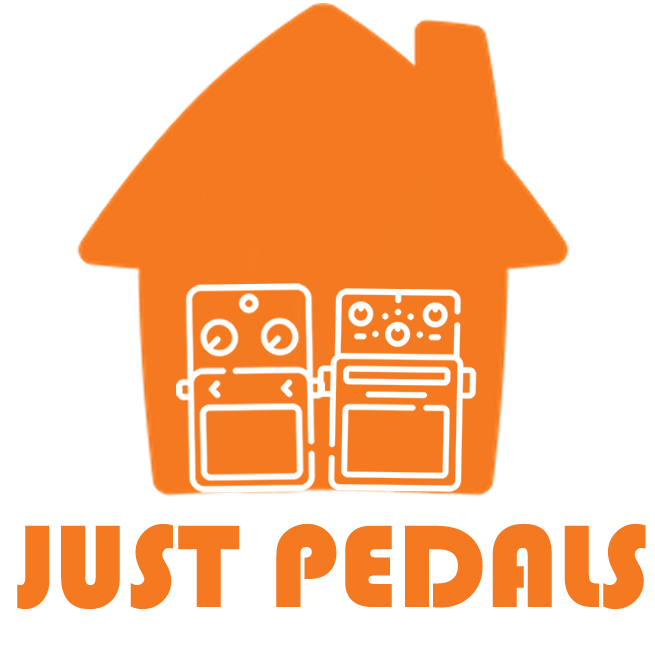

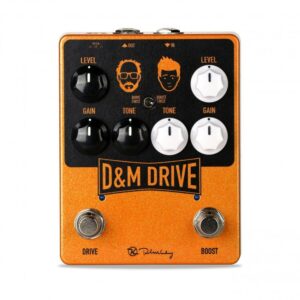
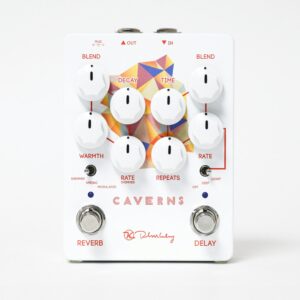
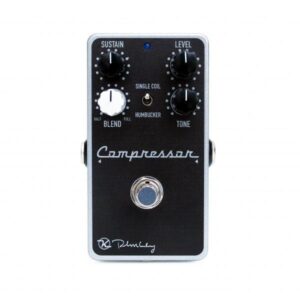
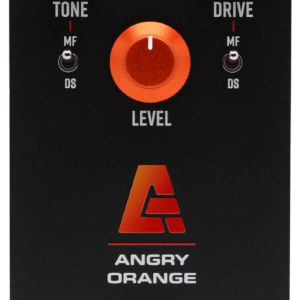
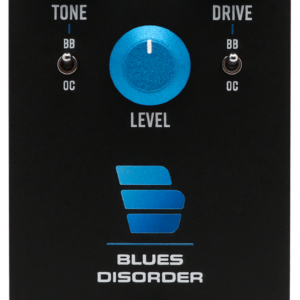
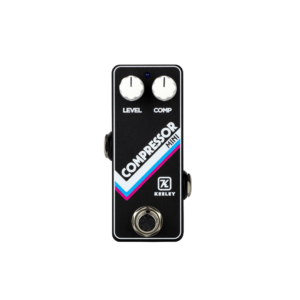
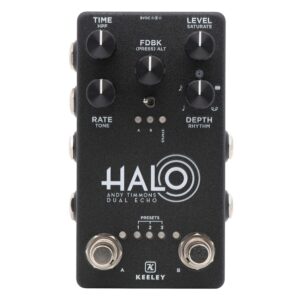
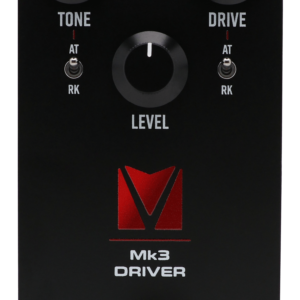
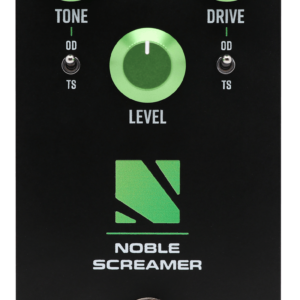
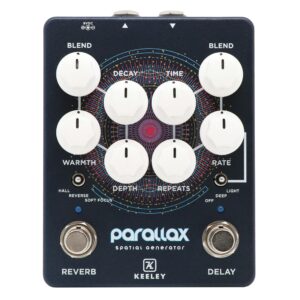



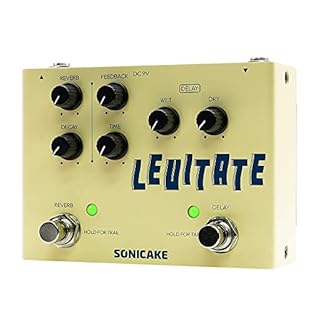
Reviews
There are no reviews yet.